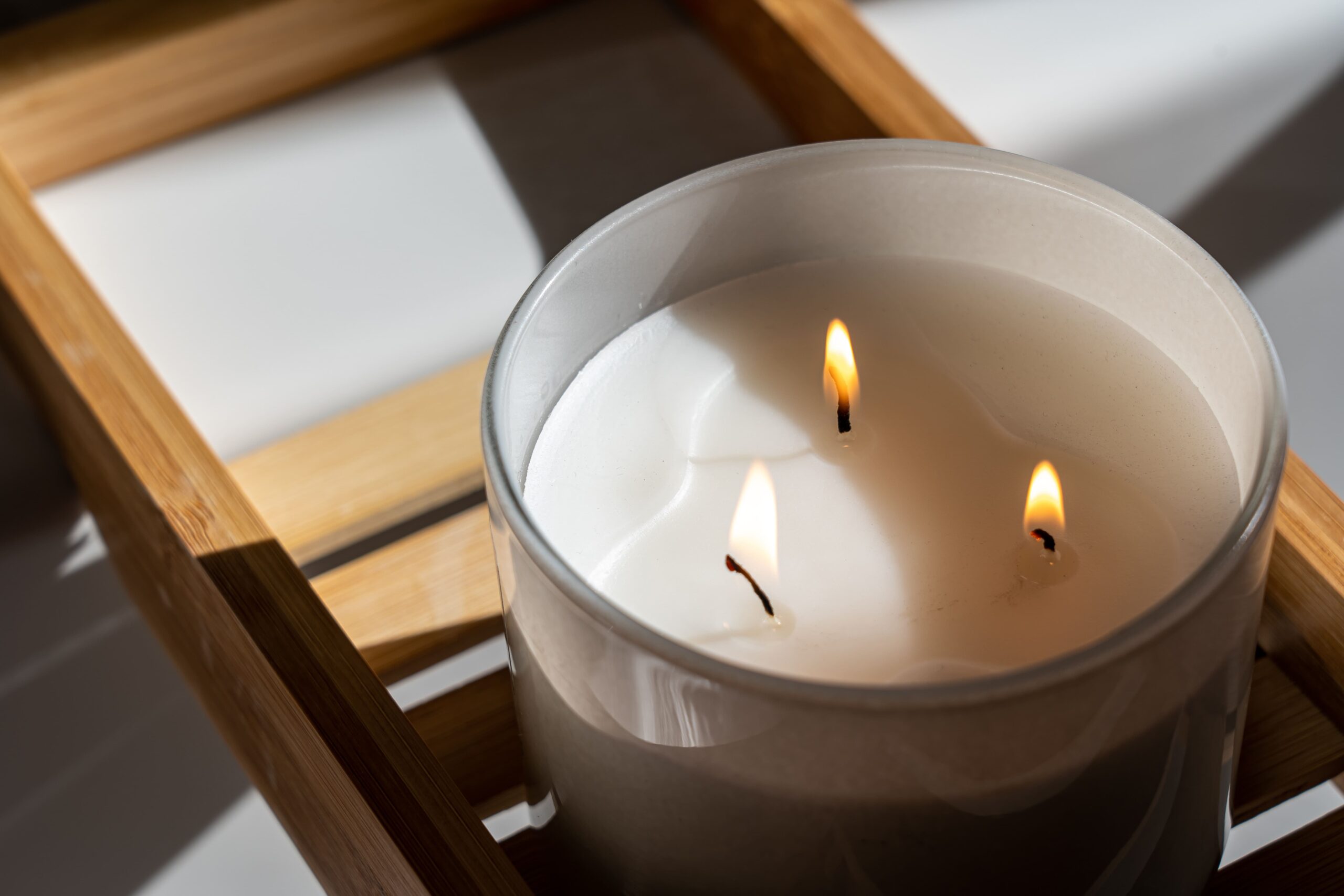Candle making has been a trend since the 1800s. It is still one of the trendiest DIY creativity people, young and adults love opting for. Candles have many ingredients intermixed with each other and brought to a boil. The wax, fragrances and colour pigments mix and harden at room temperature. The masterpiece can consist of various fragrances (oils and additives) and the most beautiful shades. Many companies’ sell simple candles for occasions such as birthdays, weddings, parties, living room decors, spa days and salons. Marble candle, scented candles and organic candles are overtopped favourites. Methods of making candles can be many depending on what sort of wax and ingredients you use.
Choosing the Container and Managing Tools
Metallic containers to heat and glass containers as moulds are perfect for candles. Make sure to remain prepared as the wax is tacky to deal with and makes a mess if you are new to making candles. You need the right containers, tools and tricks to prepare candles. The wax that hardens on your carpets and desks can ruin the fabric and wood appearance, respectively. Place a newspaper or plastic sheet beneath your workstation to never let a drop go to waste.
Caution: Candles are easy to prepare if you are creative in your field of work but never let a child melt wax by himself. It is dangerous in the presence of children as the hot or molten wax can harm the skin immediately.
Choosing the Right Wax

Paraffin wax is one of the basic ingredients in making candles. As paraffin is colourless, it makes it easy to dissolve pigment, it is odourless, and so it is easier to dissolve scents. Keep in mind; paraffin is synthetic, made from petroleum (hydrocarbons). Plant-based waxes such as beeswax are also perfect for making organic candles. The first and foremost technique while making candles is to melt the wax in a container and pour it into the mould. Waxes like gels, palm wax, soy wax and beeswaxes are natural waxes to make candles. They make pure organic candles. Once the wax melts, you can add the desired ingredients. People allergic to burning hydrocarbons or triggering allergens in their environment can opt for plant-based and natural waxes.
Fragrance and Scent Addition Technique

You can mix any scent or piece of scented solid (for example, eucalyptus bark or a cinnamon stick) until the wax completely is in a liquid state. Use a Popsicle stick to mix the essential oils, perfumes, powders and fragranced pieces. You can mix petals of flowers, leaves, herbs, coffee beans, essences and favourite scented oils in your candle mixture before it hardens. Pour it into the container and wait for it to harden completely.
Adjusting the Wick (DIY Technique)
Wick is the main element of lighting the candle. Wick is made from braided cotton threads, and paper filaments interlocked with each other and dipped in wax for durability. You can use two kebab sticks and rubber bands to tie both ends of the sticks. Pass the wick from between the tight sticks. Place the wick secured by the kebab sticks onto the container with candle wax that you left to harden. The sticks will not let the candlewick slide in the wrong direction and keep the wick in place to equalize the candle melt when lit. Once the candle hardens, cut the wick at the desired length and light the candle.
Pigmentation Procedure for Candles
Many people want to give their candles a colour. You can do so by melting crayons, powders, food colours or soft-shaded oils. When the wax is boiling, you can add your pigments to the mixture. Do not worry if the colour turns out too much; once it hardens, the shade of the candle lightens. It is not always possible to have synthetic colour powders, but it is available in markets. If you are making candles at home, then your kitchen can be a useful place to start.
If you follow the instructions mentioned above, it is easy to begin and easier to finish! All you need are the ingredients and tools to make candles. It was all about the basic five techniques to take care of when preparing candles.


